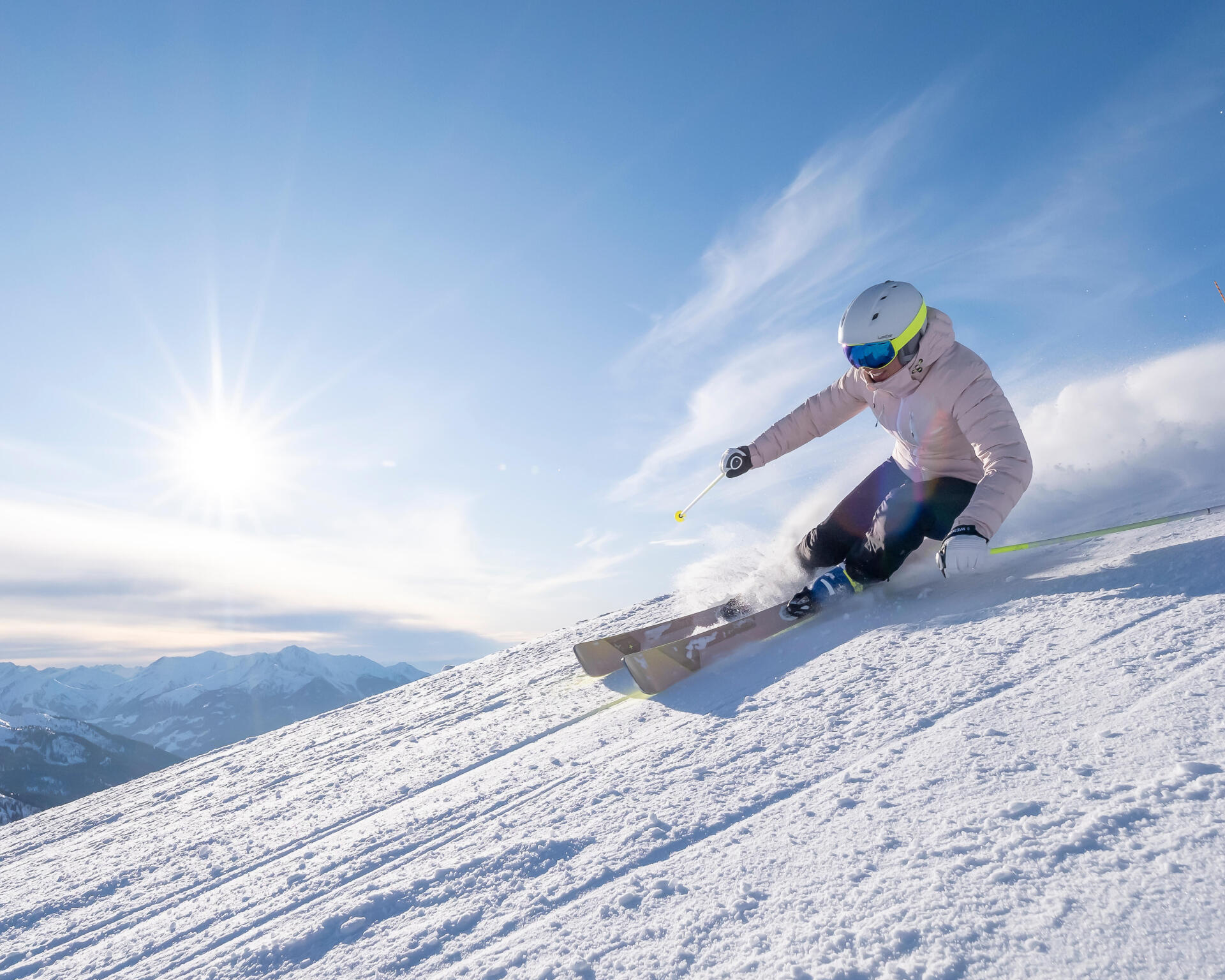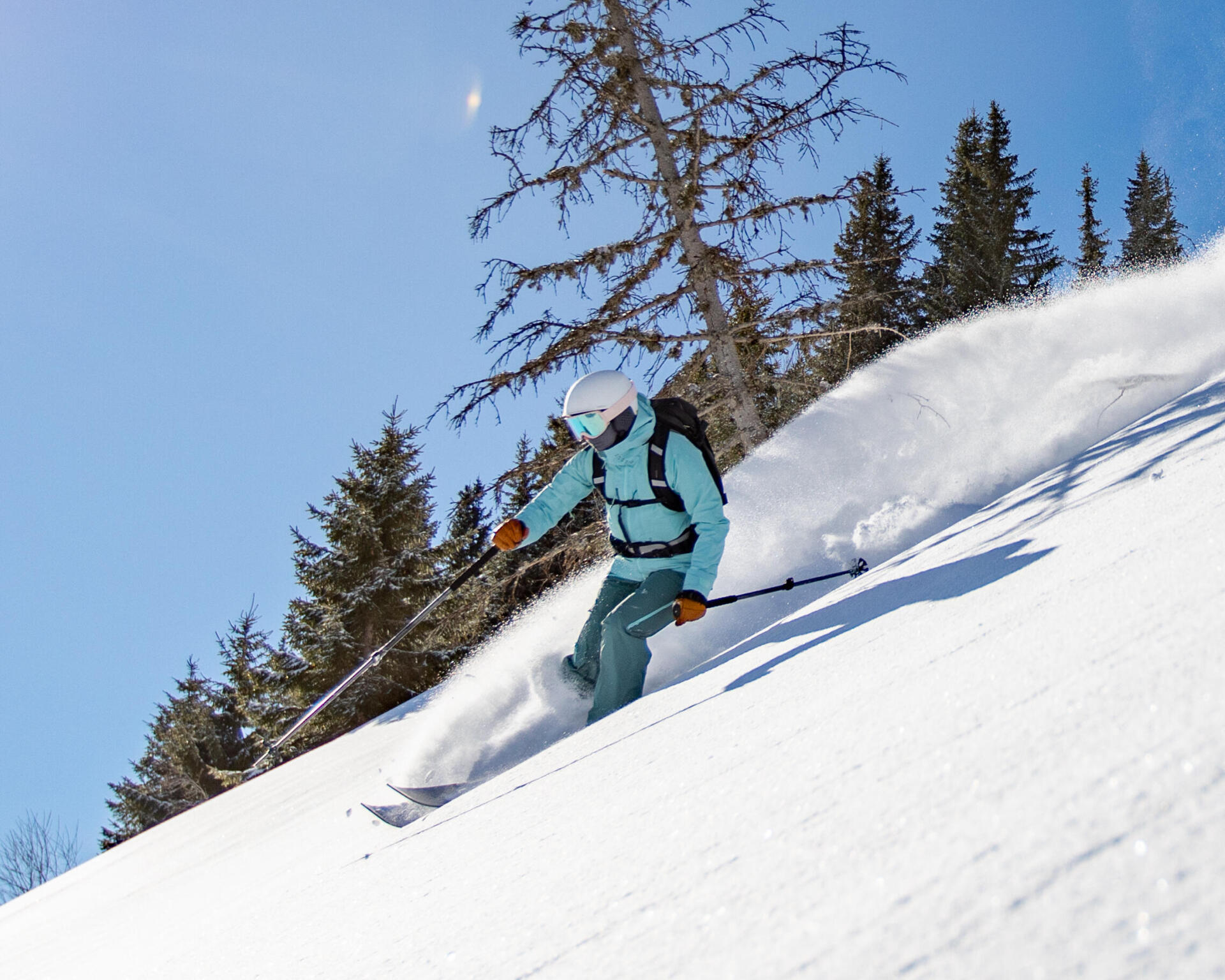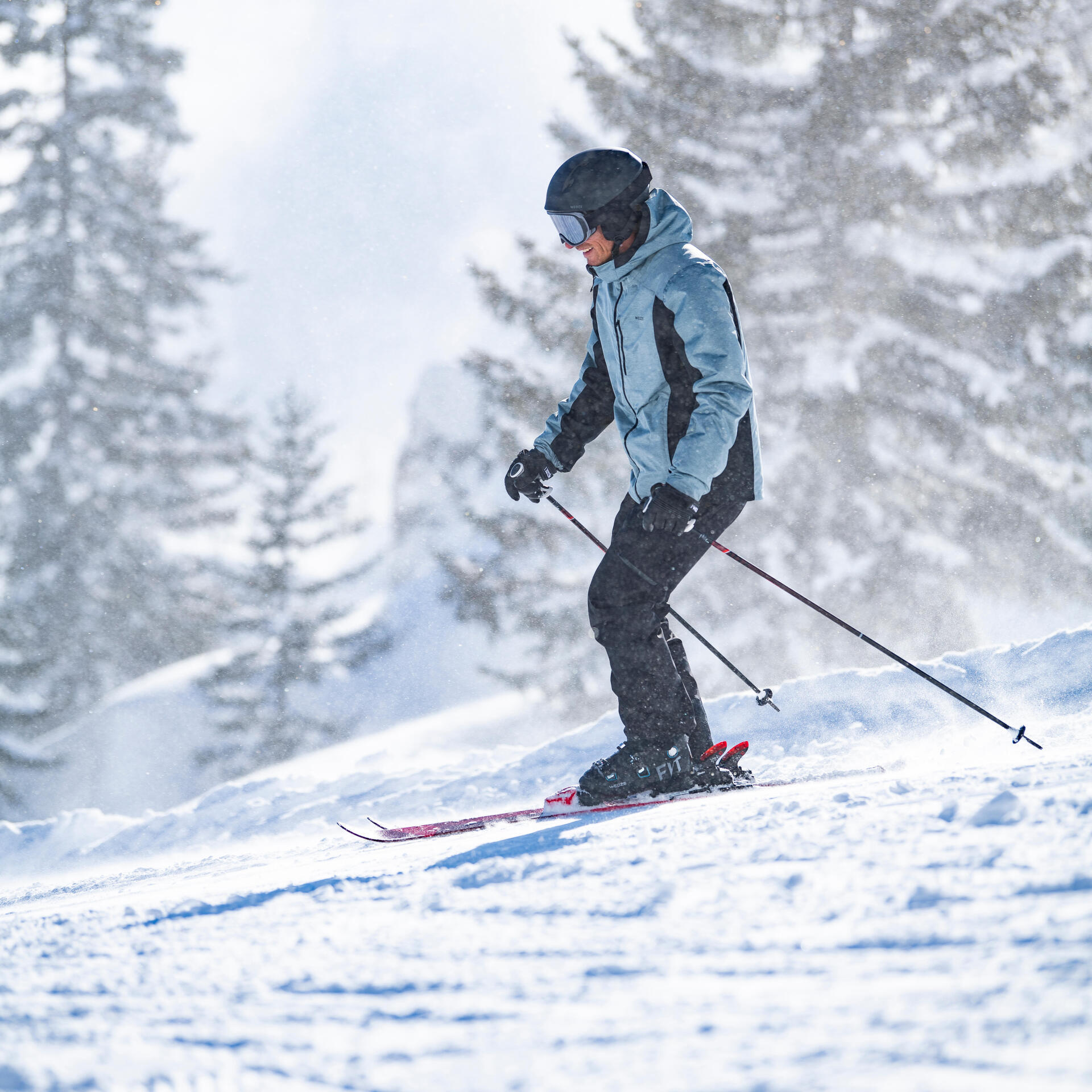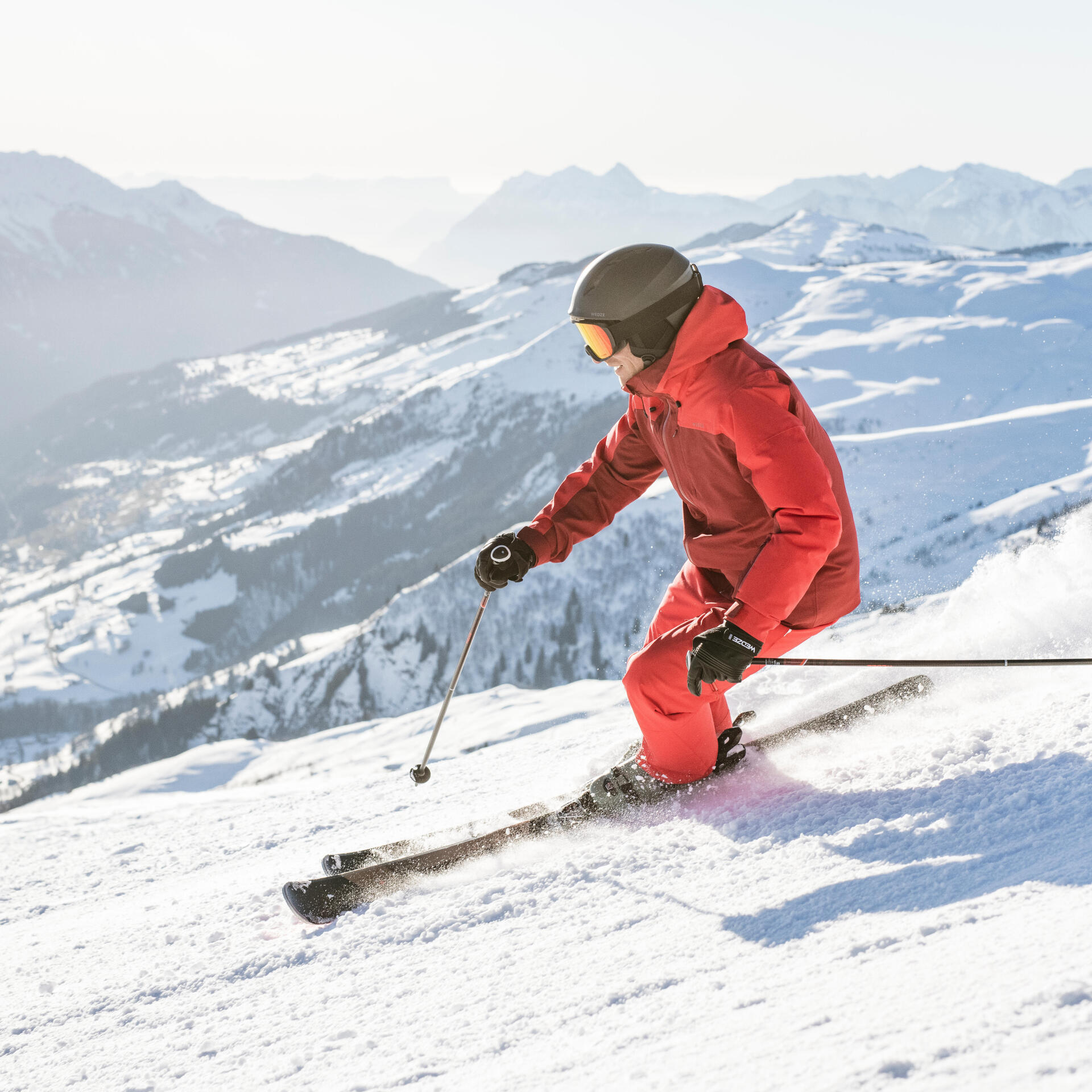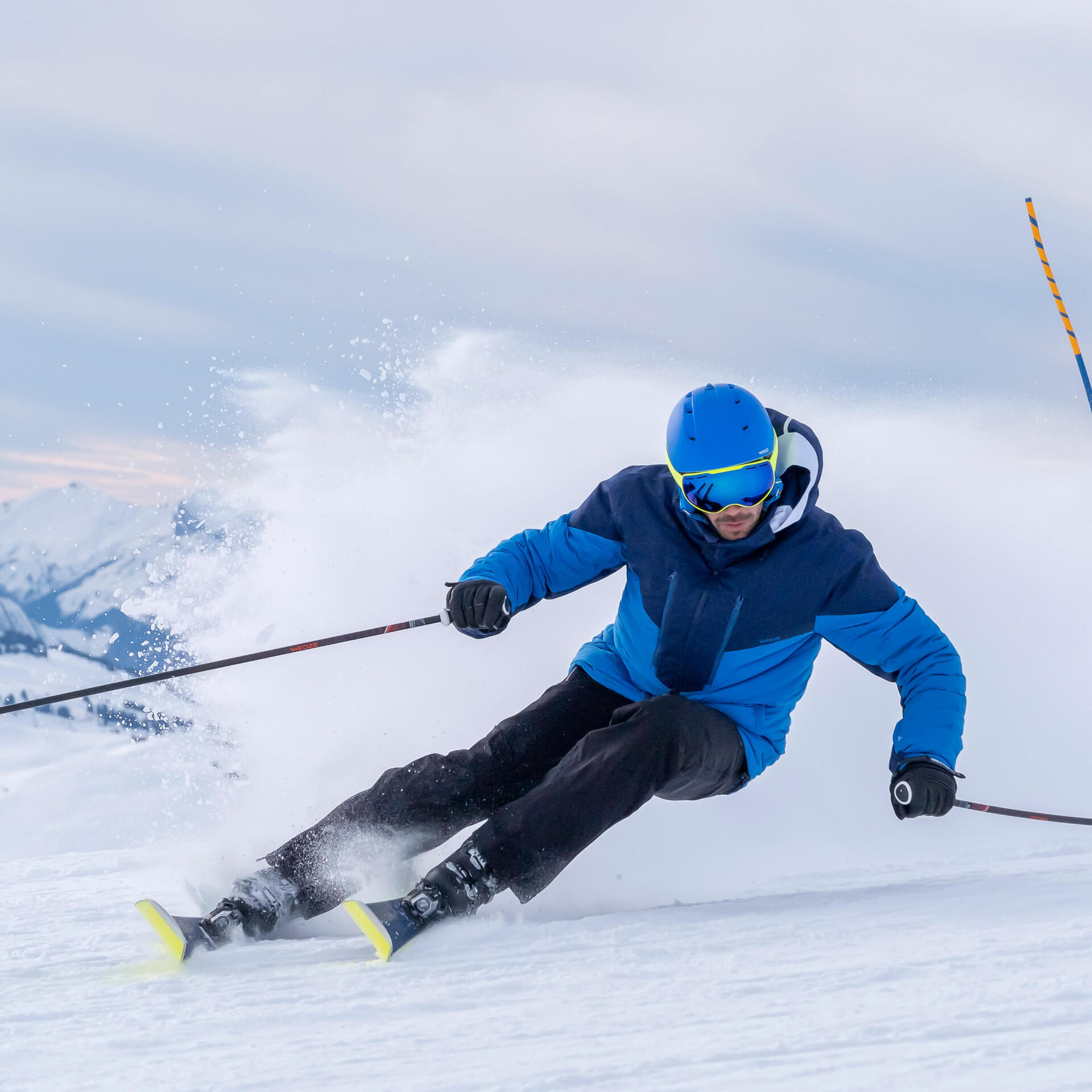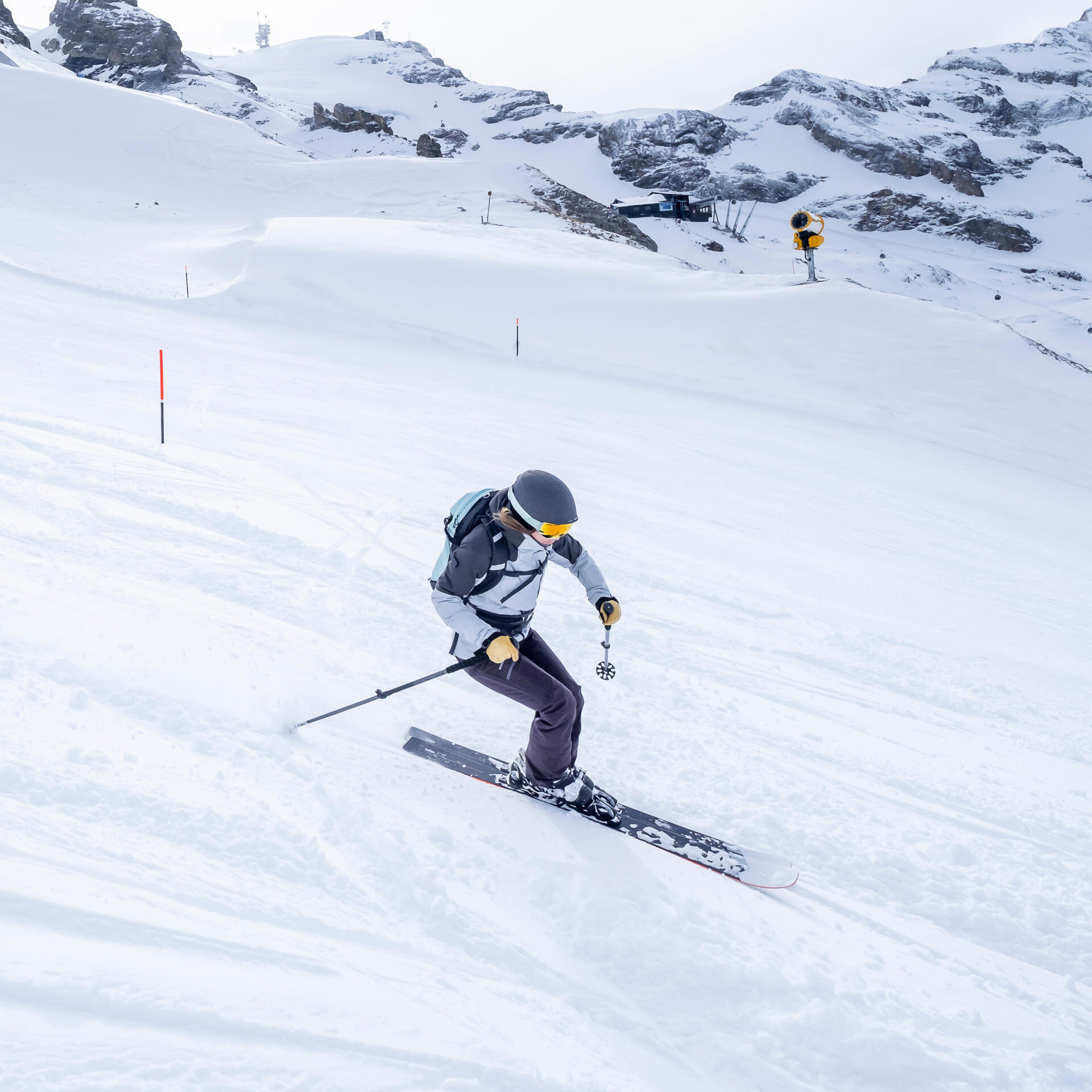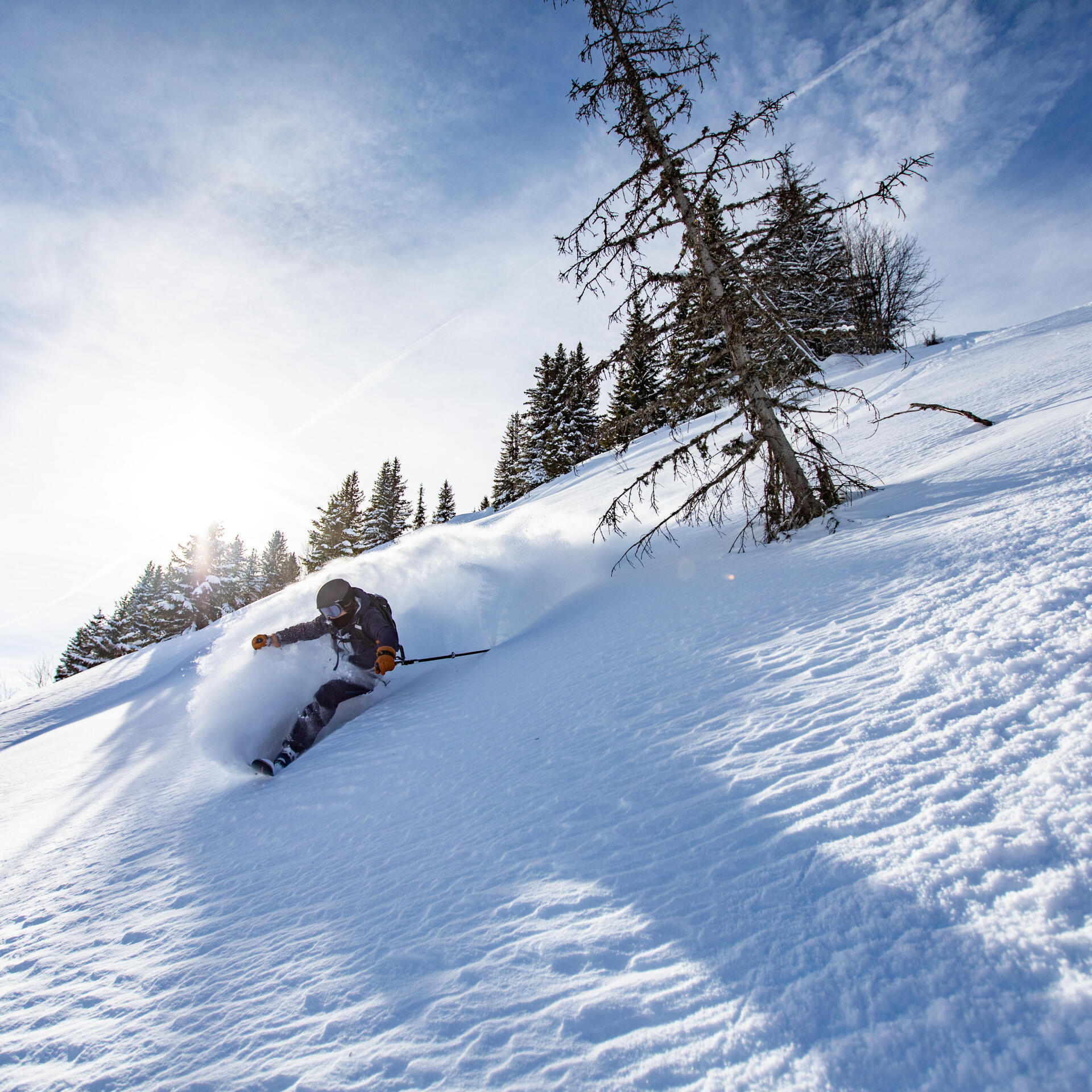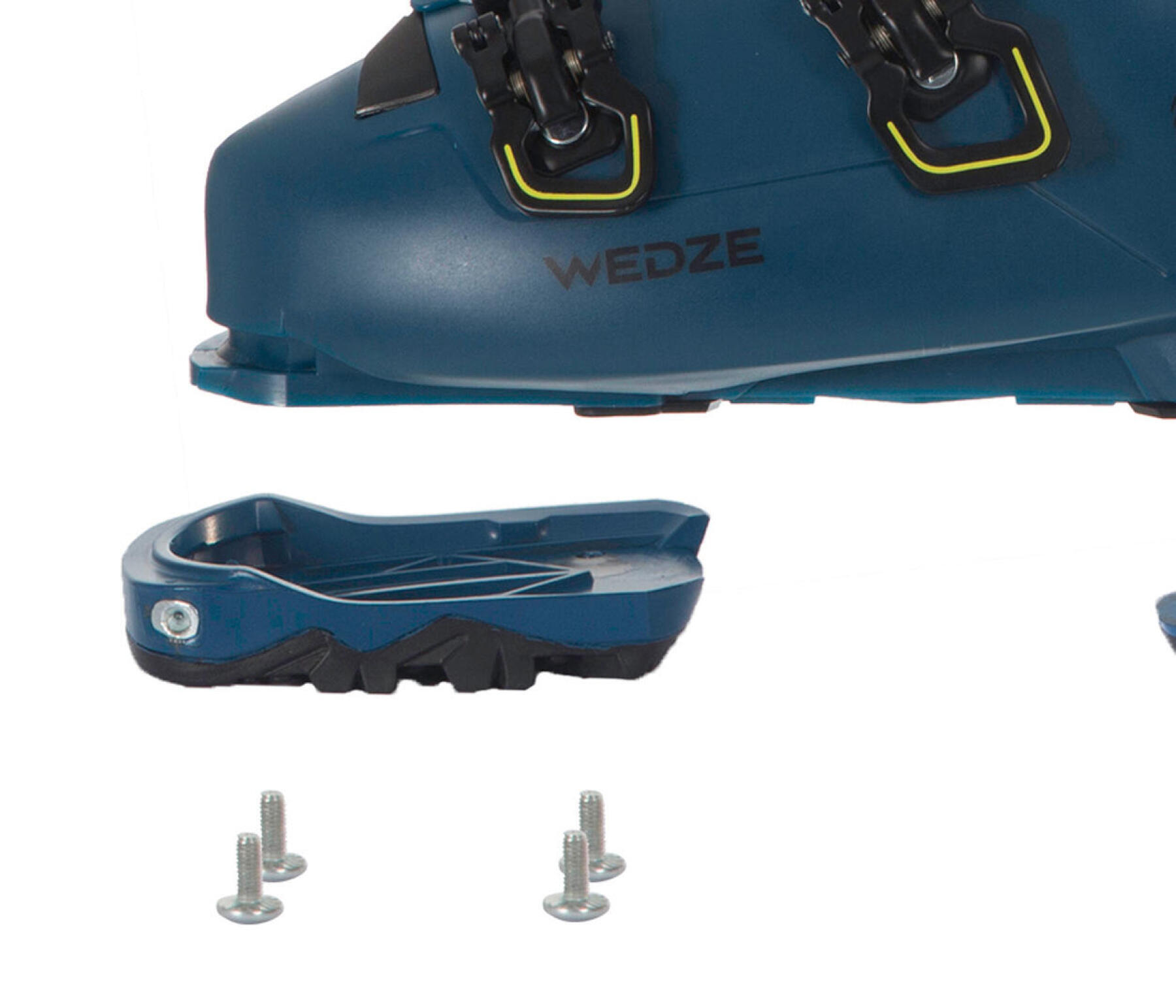2/ Ski boots adapted to your level
It is important to choose a ski boot suited to your level. It is theFLEX, or index of rigidity of the boot, that will guide you to choose the right boot.beginners will opt for a rather flexible boot, which will offer more mobility, while experts will be able to choose a harder boot, which is more efficient but requires control and.
What is the FLEX ?
In order to give an indication to the rigidness of the boot, brand define for each boot a flex index. This figure determines the rigidity: the higher its value, the more rigid the shell.

